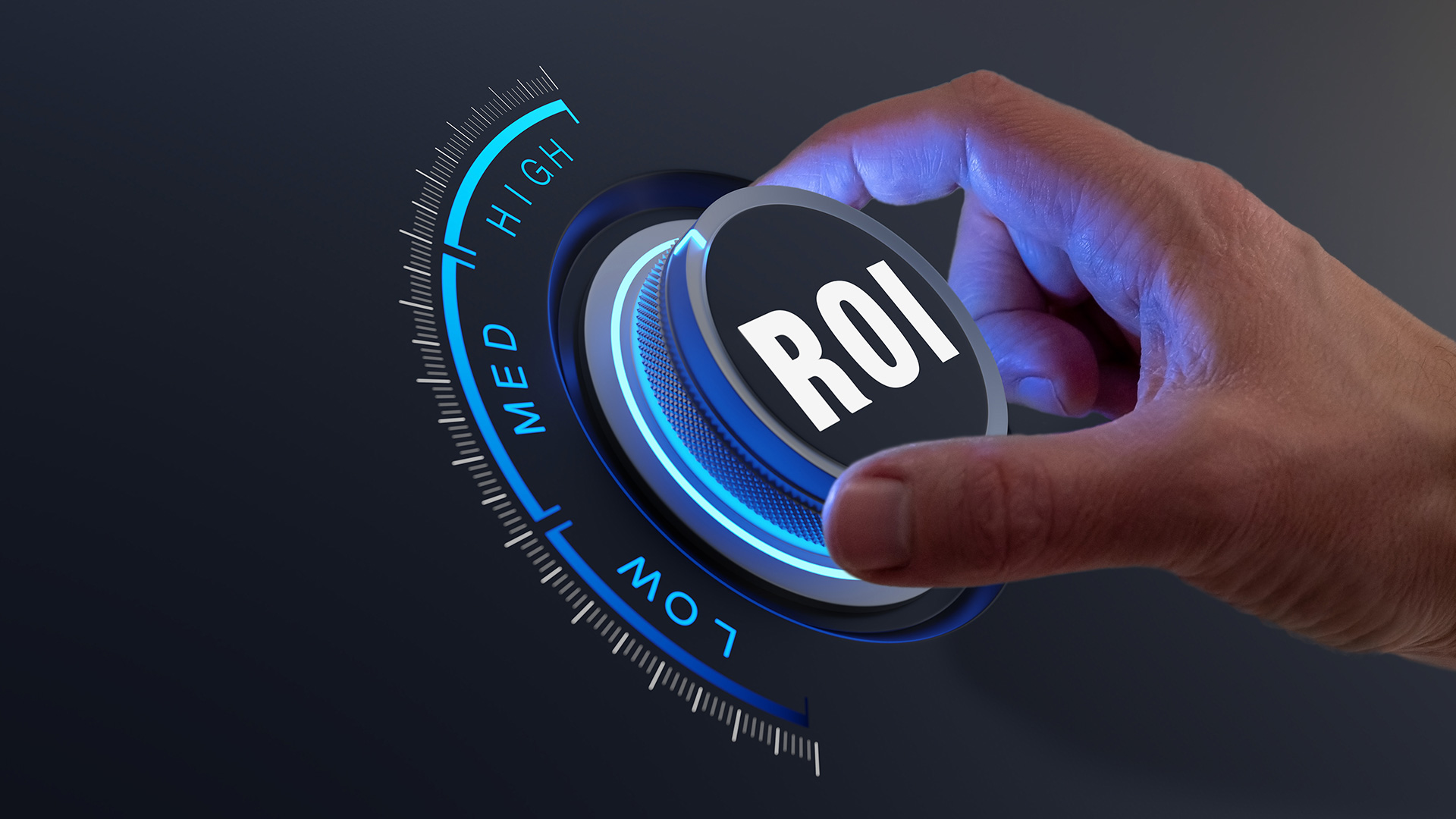In today’s evolving business environment, an effective industrial marketing strategy is not just a bonus—it’s a necessity for survival and growth. As businesses in the industrial sector face longer sales cycles, more decision-makers, and a highly specialized audience, a targeted marketing approach becomes critical. In this guide, we’ll break down the essential components of an industrial marketing strategy, the channels you need to leverage, and how to measure success through data-backed metrics.
What Is Industrial Marketing?
Industrial marketing, also known as B2B marketing, is the practice of promoting products or services from one business to another. Unlike consumer marketing, which is often driven by emotional appeal, industrial marketing is rooted in logic and functionality. Decisions are made based on value, performance, and long-term benefits. Therefore, businesses must craft their messaging to highlight these rational benefits.
Understanding the customer journey in industrial marketing is key. Buyers often go through several stages of research, comparison, and internal discussions before making a purchase. These buyers are looking for long-term partnerships and solutions that help their businesses grow. To succeed in industrial marketing, you need to be seen as not just a vendor, but a trusted partner.
Key Characteristics of Industrial Marketing
What makes industrial marketing unique? Let’s break it down:
- Longer Sales Cycles: Industrial purchases often involve high-value products that require detailed evaluation. A typical sales cycle can stretch from weeks to even months, demanding patience and a strong nurturing strategy.
- Multiple Stakeholders: Decisions are rarely made by just one person. Procurement managers, engineers, and operations leaders are all involved in the purchasing process. This means your marketing messages need to speak to each of these roles differently but cohesively.
- Relationship-Driven: In the industrial sector, trust is key. Buyers look for companies that can deliver consistent quality over time. Building long-term relationships with clients is crucial to earning repeat business and positive referrals.
- Highly Technical and Customizable Products: Many industrial products are not one-size-fits-all. They often require a tailored approach that aligns with the customer’s specific technical requirements. Being able to clearly communicate your expertise and ability to offer customized solutions is vital for success.

Crafting a Winning Industrial Marketing Strategy
The backbone of any successful marketing campaign is a well-researched and structured strategy. Here’s how to craft one tailored for the industrial sector:
1. Conduct Thorough Market Research
To market effectively, you need to know your audience. This involves analyzing your customer base, their pain points, and what drives their purchase decisions. Is it cost, durability, or ease of use?
Use tools like customer surveys, interviews, and competitive analysis to gather insights. Once you understand what your audience cares about, you can tailor your messaging to meet those needs directly.
2. Develop Tailored Content for Key Decision Makers
Once your target audience is clear, you need to create content that speaks to their unique needs. Engineers may need highly technical white papers or case studies, while procurement managers might appreciate cost-benefit analyses.
A diverse content strategy—including blogs, technical guides, webinars, and infographics—ensures you engage all key stakeholders at every point in the sales funnel.
3. Leverage the Right Channels
The industrial sector still values traditional marketing channels, but digital strategies have also become essential. Here’s how to balance the two:
- Traditional Channels:
- Trade Shows & Industry Events: These allow face-to-face interaction, offering a prime opportunity to build relationships and demonstrate your product.
- Print Advertising: Industry magazines remain trusted sources of information. Well-placed ads or articles can drive brand awareness.
- Direct Mail: Tangible product brochures or catalogs can still cut through digital noise, especially when targeting engineers or decision-makers.
- Digital Channels:
- SEO and Content Marketing: A well-optimized website with rich, educational content can attract organic traffic and convert visitors into leads. Invest in SEO to appear in search results when potential buyers look for solutions.
- Email Marketing: Sending personalized, segmented email campaigns keeps prospects engaged and informed.
- Social Media (LinkedIn): Industrial decision-makers are active on LinkedIn. Share relevant industry news, product updates, and case studies to stay top of mind.
4. Positioning and Pricing
Your product’s position in the market—whether as a cost leader, innovation leader, or premium brand—affects your pricing strategy. It’s crucial to align your pricing with the value you deliver. Consider value-based pricing for custom solutions, or competitive pricing strategies to stay relevant in a crowded market.
Measuring the Success of Your Strategy
No strategy is complete without a way to measure its effectiveness. In industrial marketing, tracking key performance indicators (KPIs) ensures you stay on the right path. Here are the critical KPIs to monitor:
- Lead Generation: Measure how many qualified leads your campaigns are bringing in. Tools like Google Analytics and CRM systems can help track the source and engagement levels of each lead.
- Conversion Rates: Look at how many leads turn into actual customers. Identifying the stages where leads drop off can help you adjust your sales approach or marketing efforts.
- Customer Acquisition Costs (CAC): Understanding how much it costs to acquire a new customer is crucial for maintaining profitability. Aim to reduce CAC by refining your marketing efforts over time.
- Customer Lifetime Value (CLV): This measures the total revenue a customer generates during their relationship with your company. The higher the CLV, the more successful your relationship-building strategies are.
- Return on Investment (ROI): All marketing campaigns should be judged by their impact on revenue. By tracking ROI, you can adjust your budget allocation toward the highest-performing channels.
Conclusion
A strong industrial marketing strategy is essential to staying competitive and driving growth. By understanding the unique dynamics of industrial marketing, such as longer sales cycles and multiple decision-makers, you can craft an approach that resonates with your target audience. Combine traditional and digital marketing channels, focus on nurturing long-term relationships, and continuously measure success with data-driven KPIs.
Looking for expert guidance? Contact one of our collaborating CMOs to create a tailored industrial marketing plan that drives real results.






